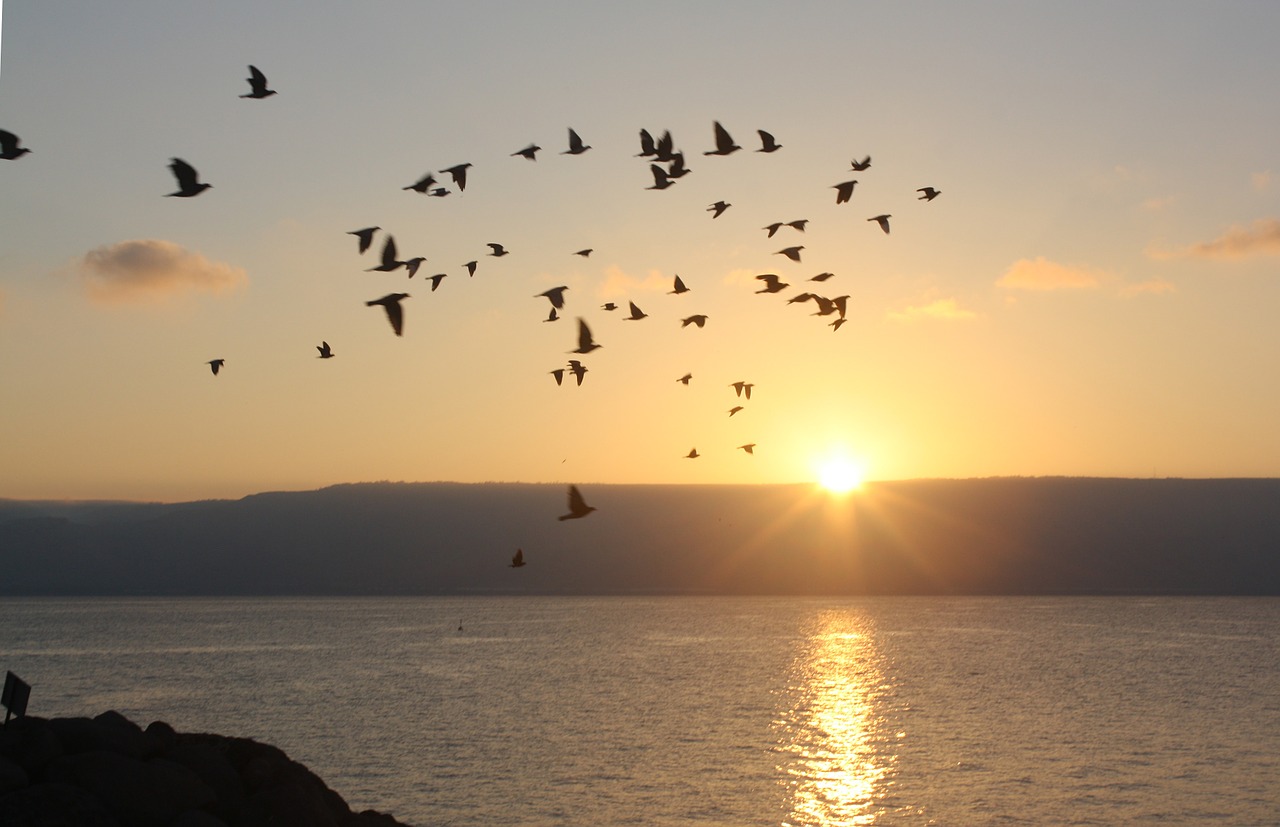Parshas Bereishis begins, predictably, with the description of the universe’s creation. Rashi questions the need for the Torah to impart this information. And why did Chazal, our Sages, ordain that our yearly cycle of reading the Torah begin on the Shabbos after Sukkos? Wouldn’t Rosh HaShanah been a more appropriate time? Or perhaps Shavuos, which commemorates Mattan Torah/the Giving of the Torah? (Remember that on Shemini Atzeres/Simchas Torah we dance with the Torah because of our joy of having completed/begun a new cycle – but this just reinforces the question: Why now?)
There is an age-old custom of homiletically connecting the end of the Torah to its beginning. This is based on the well known concept that the Torah is a never-ending continuum. The Torah concludes (Devarim 34:10-12):
“Never again has there arisen in Israel a prophet like Moshe… as evidenced by the signs and wonders… and by the strong hand and awesome power that Moshe performed before the eyes of all Israel.”
Rashi explains: The “strong hand” refers to Moshe having received in his hands the Luchos, the Tablets of the Ten Commandments. “Before the eyes of all Israel” refers to Moshe’s shattering of those Luchos before their eyes, when, after proudly descending from Mount Sinai with the Luchos in his hands, Moshe finds his nation in a pathetic state of sin, having created the Golden Calf. Hashem concurred with Moshe’s outward display of anger and despair. It is on this note that the Torah ends. The Torah then (re-)begins with a more promising description of the world’s creation.
Perhaps we can connect the two concepts. Have you ever noticed how little time it takes to destroy even the most majestic of structures? It’s almost depressing. In come the wrecking crews, and in a matter of hours, or perhaps days, the ever-swaying wrecking ball lays waste to the work of years or even decades. The message is clear: While creation is a painstakingly slow and arduous process, destruction is swift and efficient. There’s only one problem; how do we pick up the pieces?
It’s all very well to break down that which is faulty. We can take an old building, throw it down, and reduce it to a pile of rubble. But if we stop there, then all we have is a lot of rubble. The Torah wants to stress that the breaking of the Luchos, the quintessential recognition of sin and taking the appropriate action to stop it in its tracks, is only the first step. Once we recognize sin, express remorse, and decide never again to return, we must then begin the painstaking process of building anew. Moshe re-ascended Mount Sinai, and spent an additional eighty days before receiving a second set of Luchos. So too, the sinner, after completing the teshuva process, must realize that all he has now is a broken set of tablets. But broken tablets do not a life make. Now he must begin to build anew. So immediately after describing the breaking of the Tablets, the Torah continues with, “In the beginning, G-d created…” It is a time for new beginnings, a time for creation and for building. After taking the affirmative step of breaking the Luchos, we must begin to build anew.
In this light, it becomes self-evident why it is so critical to read Parshas Bereishis at this time of year. Though it may seem that the timing of our reading of the Torah’s sections is somewhat arbitrary, this is not so. We are taught that the Torah reading for any given week contains a time-appropriate message. Anyone desiring to gain insight as to what is expected of us as the year progresses, is well advised to learn the weekly parsha and look for its message.
Rosh HaShanah is a time of general teshuva. As the new year begins, we decide to make this year different, and we accept the responsibility of change. On Yom Kippur, we place our lives under the scrutinizing microscope of introspection. We painstakingly confess our sins, weed out the unsavory aspects of our lives, and ask for forgiveness. Sukkos is a time of teshuva me-ahavah, repentance not out of fear for G-d’s wrath, but out of love. We realize that if we were able to sin with such fervor and excitement, how much more so can we commit ourselves to learn Torah and perform mitzvos with excitement and enthusiasm!
And then comes Shabbos Bereishis. The kids are back in school, the adults are back to work, and life begins to regain a sense of day-to- day normalcy. But let us not delude ourselves that the teshuva process is now complete. Although we may have recognized, painfully and lovingly, where we have erred, we must now begin building anew. If last year’s life was not the one we wanted for ourselves, then we must participate in the process of creation by building a new life for ourselves, one more connected to Torah, one of greater enthusiasm for mitzvos, a life that we will truly able to be proud of.
So we read Parshas Bereishis, the section of the Torah which deals with creation. It is the final and most difficult step of repentance and renewal; to rebuild after having broken. The message is clear and the agenda has been set: We have thrown down last year’s building and dug a new foundation. Our task for the coming weeks is to begin to rebuild, brick by brick, taking care to learn from last year’s mistakes, and hopefully accomplishing this year something truly meaningful and significant.
Have a good Shabbos.
Text Copyright © 2000 Rabbi Eliyahu Hoffmann and Project Genesis, Inc.


